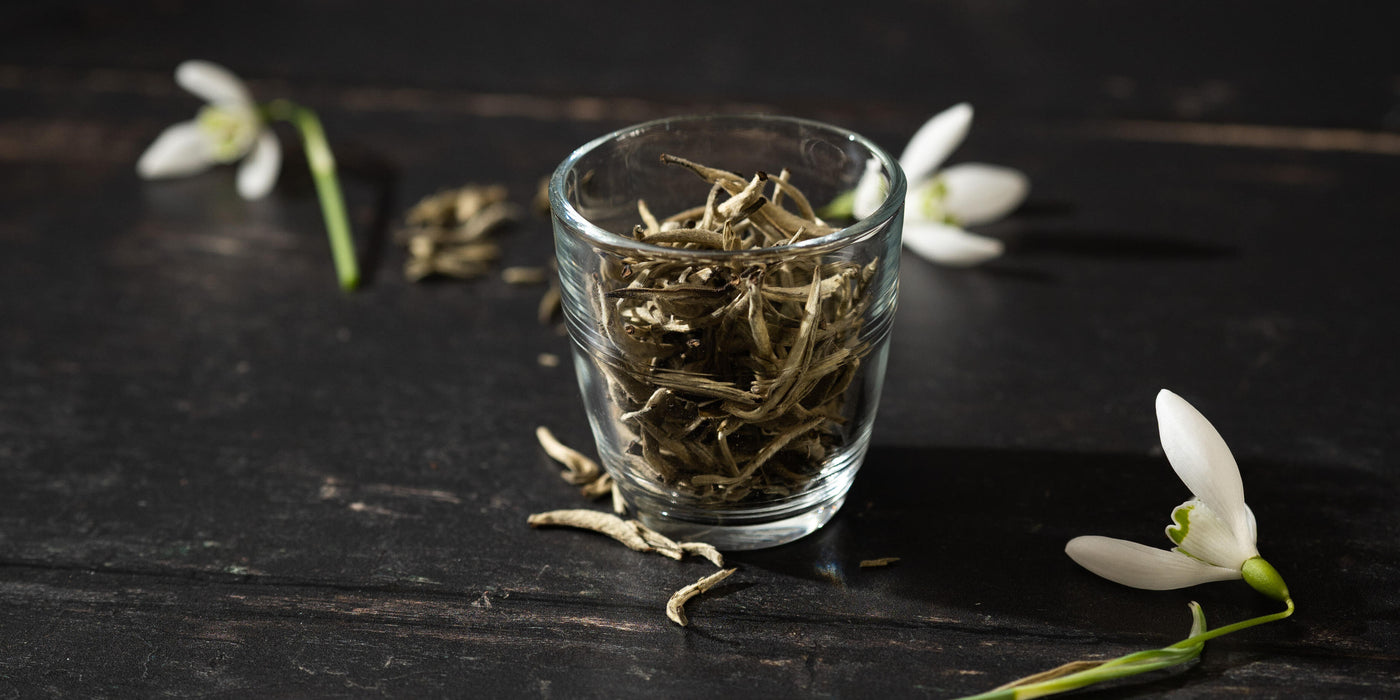Tea, according to legend, was discovered even earlier than that in 2737BC when Emperor Shen Nung, resting under a wild tree and boiling some water in a pot, was revitalised by the leaves which, blown by the wind, fell into the water.
Certainly, the first written reference dates back to the third century BC. A Chinese surgeon recommended tea for increasing concentration and alertness, but it wasn’t until the third century AD that tea began to be drunk more widely. In the Tang Dynasty 613-906AD, the so-called Golden Age of Tea picking and preparation became strictly controlled and rare and exclusive teas became highly prized.
Nowadays Chinese teas are popular the world over and there are many, many varieties to choose from. In our list we feature six different Chinese teas, having very distinct flavours and all quite different from each other:
- The Lung Ching Dragon’s Well is a green tea with broad flat leaves, grown by the West Lake in the Zhejiang province. It has a sweet, mellow flavour.
- Chun Mee is a green tea from the neighbouring province of Jiangxi. Known as ‘Precious Eyebrows’ due to the shape of the leaves, it has a fruity, juicy flavour with a zesty edge.
These green teas are best infused at 80-85 C.
- Jasmine is a traditional blend of green and black leaves with flowers cultivated near to the tea and then infused with the scent as well as containing some of the flowers to create its distinctive flavour. This tea is best infused at 80-85 C.
- The Silver Needles are a white tea from the Fujian province. Although closer in character to a green tea, this is actually classified as a black tea because the leaves have not been heated to prevent oxidisation occurring. The delicate leaves must be infused at no more than 70C, otherwise the subtle sweet flavour will be lost.
Black tea was developed and refined from the 14th to 17th century as the export trade began after the spread of tea to Europe. Green tea was difficult to transport so the oxidisation of the leaves to turn them a copper colour before baking them into a brick which prevented the loss of flavour.
- Keemun is from the Anhui province in the north of China and is a relative newcomer as it was first cultivated in 1875. It is very low in tannins having a smooth, rich flavour without any harshness.
- Finally, one of the most famous teas of all is Lapsang Souchong. The smoky flavour and aroma are achieved by withering the leaves over cypress wood fires. This is a most distinctive tea which you either love or hate.
These black teas are best infused at 100C.
Whether you are joining in with their new year celebrations or not, Chinese teas are always worth exploring. The diversity of flavour is a testament to the long history, traditions, and geographical scale of this fascinating country.





